All I Really Need to Know About Montana I Learned From Romance Novels
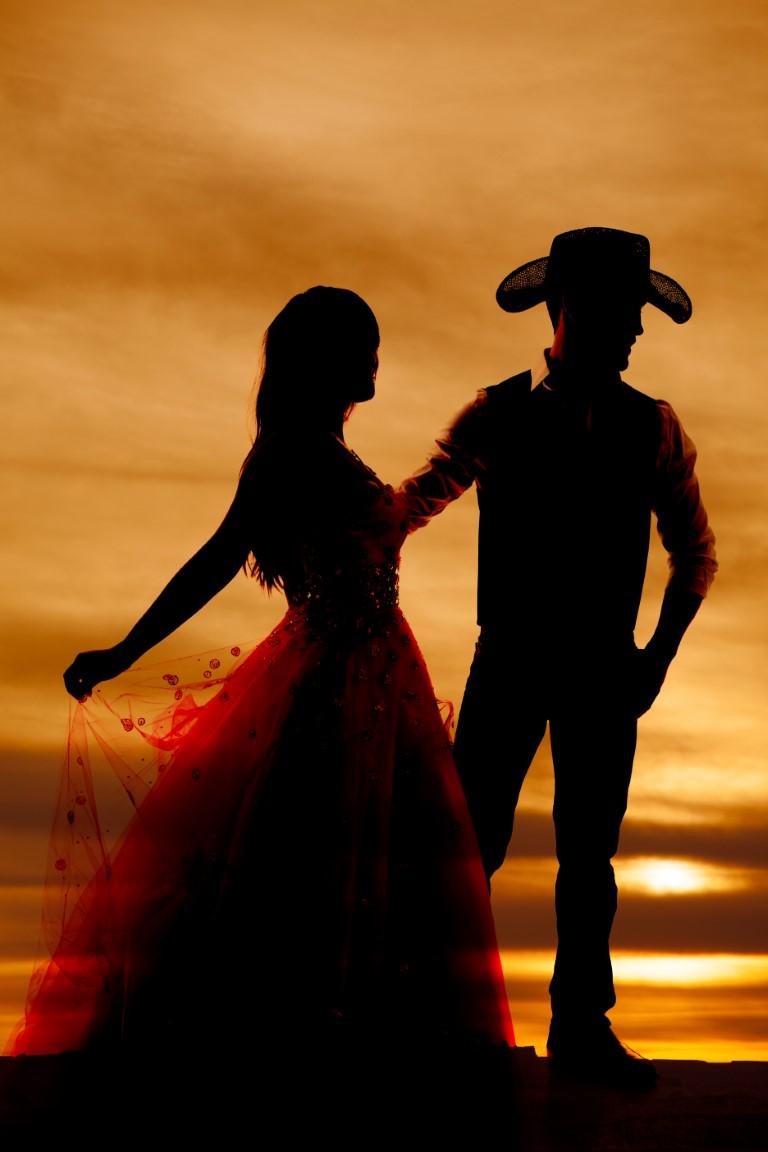
When I was a little girl, I remember standing in line at the grocery store, my head about butt-high to the world. At that level, there was little to interest a small child except for candy bars and the tabloid rack. I wasn't fascinated by copies of TV Guide, Soap Opera Digest or collections of Jum - bo Crosswords, but the romance novels certainly caught my attention. I hate to date myself, but I grew up during the heyday of florid romance novel covers. Fabio accomplished the impossible task of peering out from the covers of most of them. Here he posed on the bow of a big wooden ship, apparently about to sniff the neck of a swooning woman. And there he would be, transmuted now into a Scottish highlander complete with billowing kilt, embracing another sleepy-looking woman on the edge of a craggy seaside cliff.
Alongside buccaneers and highlanders came the rugged yet sensitive mountain men and pioneers in the spirit of The Last of the Mohicans' Daniel Day Lewis. An army of mulleted men in buckskins followed in his wake. With their al - ways-ripped abs and anachronistic hairstyles, they brought the sex to the West—at least, to the West that existed in these books. What was this world, where men's shirts could never keep their pecs in check, and women’s heaving bosoms were always in danger of exploding from their bodices like a stop-valve under too much pressure?
If romance novels are windows into another world, then what is Montana like in that world? Or, to put it another way, if your only source of information was romance novels set there, what lessons might you take away about the Treasure State? Or, to put it yet one more way, what do half-naked cowboys, angry grizzlies, and bureaucratic red tape have in common? In the world of the Montana romance novel, everything.
I selected three books—Wild Montana by Danica Winters, Yellowstone Heart Song by Peggy L. Henderson, and Manhunting in Montana by Vicki Lewis Thompson—for the following respective reasons:
Motorcycle gangs in national parks.
Time travel in national parks.
A quintessential Harlequin romance cover (just look up Manhunting in Montana, trust me).
All three were entertaining, but this time, entertainment wasn't as important as serious reportage gleaned from careful reading.
Everything I learned about Montana I learned from romance novels. And I'm here to share it with you.
- That semi-clothed hunk of a cowboy definitely had his heart broken by a city slicker who looked a lot like you.
Here's a popular and strangely beloved misconception: when a man shoots daggers at you with his eyes, it means he loves you and would do anything for you.
This happens in both Manhunting in Montana and Yellowstone Heart Song, for remarkably similar reasons. Far be it from me to say that's outright impossible, but in my experience the people who have looked at me like they hated me usually hated me. If they look at you like they hate you, they definitely don't like you.
But romance novels take place in a parallel universe where interactions are predicated not on true human behavior, but on a fantasy of the same. A world where the sullen cowboy who treats you with open disdain is really just reeling from a heartbreak from which only you can heal him. And the reason you have this power? Because you remind him of the whip-smart, gorgeous, East Coast opportunist who broke his heart in the first place. But then the protagonists of the novels are often also opportunistic, gorgeous, out-of-staters too. Perhaps these cowboys have a type. If you know one, ask him.
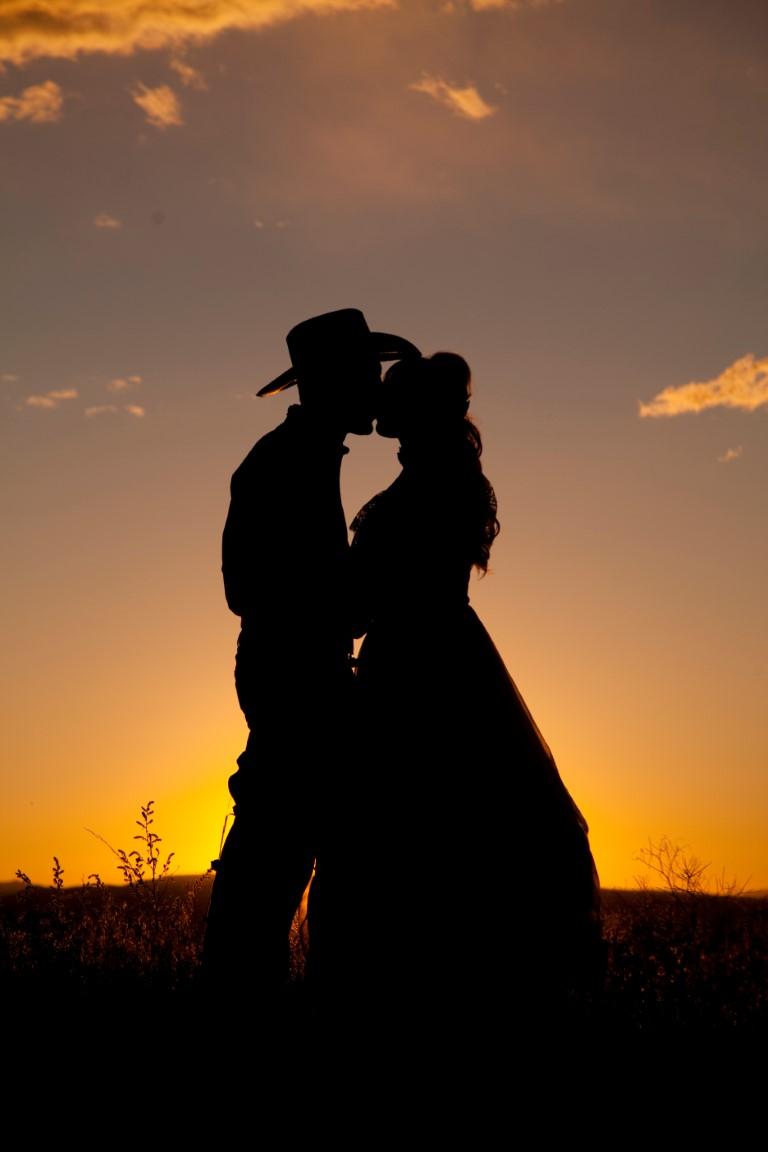
2. There's nothing sexier than a good work ethic.
This one might actually be true.
No decent Montana romance novel can get enough of men (and women) with a solid work ethic. Whether it's patrolling the backcountry of Glacier National Park, mending fences, or skinning a deer, nothing is hotter than a job well done. And in Montana, that makes sense, right? Real Montanans have to work for a living. And that's part of what makes Montana such an unbearably sexy place.
3. Bear encounters may be scary, but they're also the best kind of foreplay.
Dangerous wildlife encounters are major aphrodisiacs.
For some reason, grizzly encounters come off sexier than brushes with other wildlife. Maybe it's their aggressive reputation paired with their relative rarity–it gives them a sort of unicorn patina. Just watch that bear and Leo tussle in The Revenant, probably one of the amorous and intimate scenes ever caught on film.
Getting chased by a moose is terrifying, but not sexy.
They're gangly and alien-looking and half the time look like they're drooling uncontrollably from having their face in the water. But being pursued by a ravenous grizzly with jaws of steel? Then tumbling down a cliff face and demurely spraining your ankle (as happens to the time-traveling heroine in Yellowstone Heart Song)? That just means getting to watch his impressive pecs ripple as he broodingly tears his shirt into strips, applies a tourniquet, surgically reattaches whatever part of you he had to wrestle away from the bear, etc.
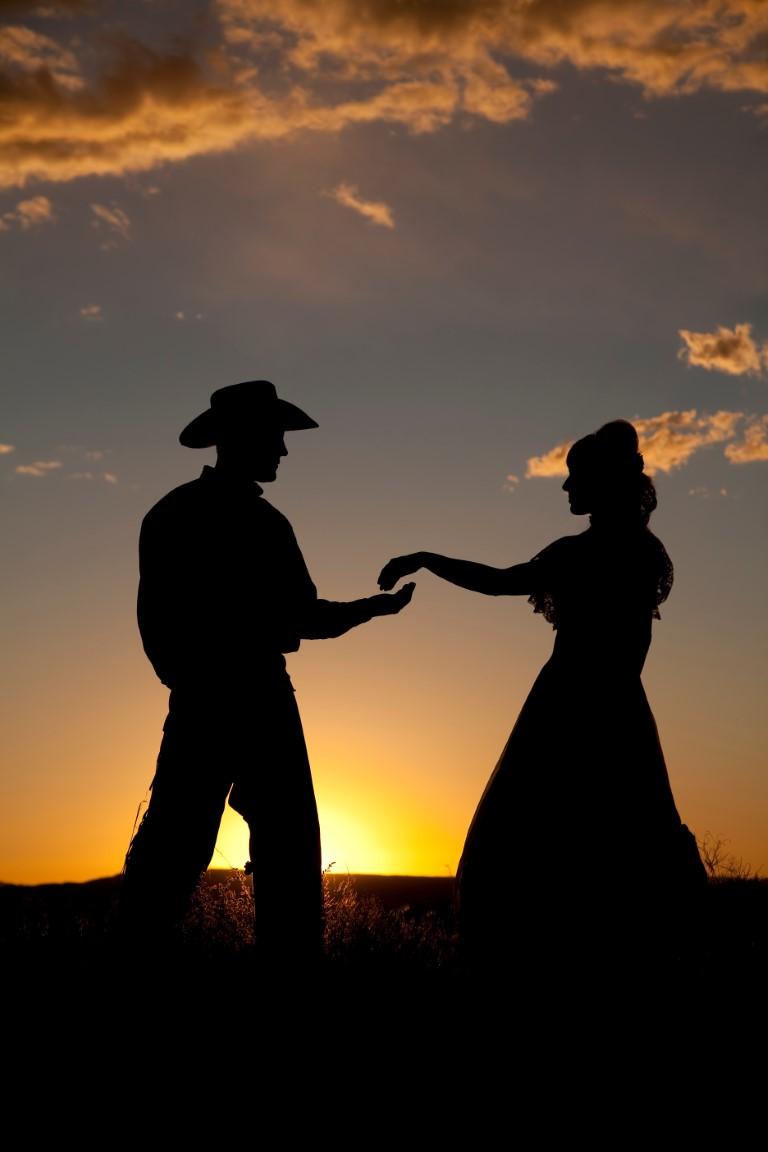
4. National parks aren't labyrinthine bureaucracies; they're the most romantic places on earth.
In Wild Montana, the stereotypically gendered roles of proficient outdoorsman and tender-footed city girl are reversed. Voluptuous Alexis Finch has survival chops that put those of former FBI agent Casper Lawrence to shame, whose only physical flaw is wearing a cowboy hat as a fashion statement.
Wild Montana also bucks the out-of-state heroine trend by allowing both protagonists to be Montanan. Casper is painted as the "city boy" from Butte, which also feels like an inside joke.
The price Alexis pays for her skill, grit, and moral courage is a professional one: she works for the National Park Service, and as such is beholden to a self-serving bureaucratic hierarchy of maddening proportions. Casper's job as a border and customs patrol officer seems slightly less awful because at least he gets to sit in a cabin, alone, in the middle of nowhere.
5. Montana used to be better.
Even in Romance Novel Montana (RNM), the grass was greener on the other side of the turn of the century.
In Yellowstone Heart Song, Aimee Donovan travels back in time two hundred years, winding up in Yellowstone before it was Yellowstone. While we all know Yellowstone National Park is technically not Montana, at least like 95% technically, we like to think it is. Aimee is from California and seems convinced that it is. So who are you, the reader, to argue with that?
We already have Glacier, we might as well annex Yellowstone, too–inarguably the first park, and arguably still the best.
Yellowstone in 1810 is just…better.
It's quieter, cleaner, with nary a 'touron' to be seen. Sure, maybe it's a little more dangerous, with the grizzlies and the rapacious French fur traders, but it still beats sitting in traffic.
Obviously, the best part of Yellowstone in 1810 is the dreamy fur trapper Daniel Osborne whose hyper-masculine ways strike Aimee as irresistible.
Yes, Yellowstone used to be better, and so did Montana. The air was fresher, movement was freer, and the men were manlier. At least one of these things is actually true, but I leave it up to you to discern which one.
But if men were that much more manly in 1810, imagine how manly they must have been in 1610, or 1410! They must have been covered in hair and eight feet tall and smell really awful.
Research note to self: check if there are Bigfoot romance novels.
Note to self: there are. Ahem, there definitely are.
***
Well, that's it, everybody! To sum it all up, the Montana of romance novels isn't really all that much unlike the real Montana: rich people have it better, a six-pack doesn't hurt, and everyone wishes it were the past, while also fantasizing about being eaten by bears.
Sounds like the Montana I know!
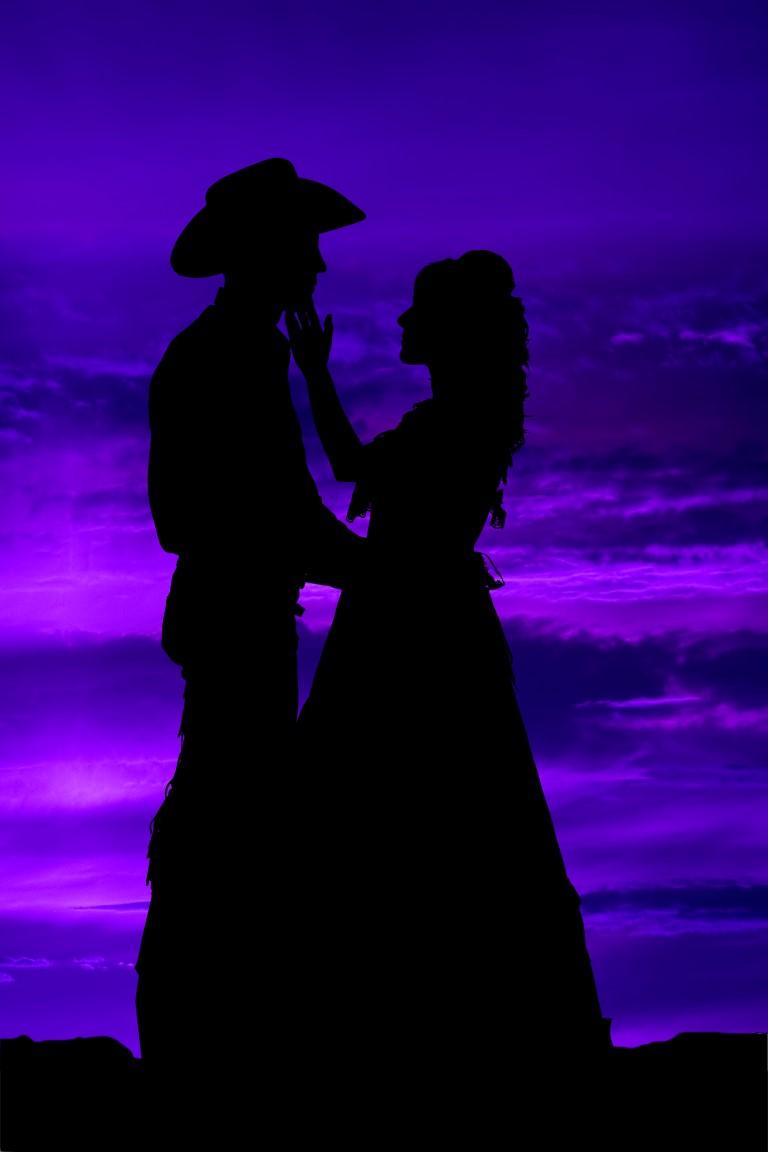
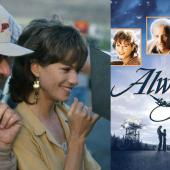
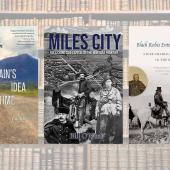

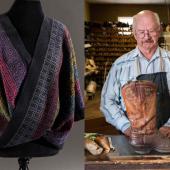
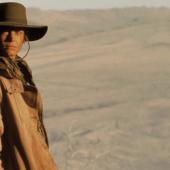
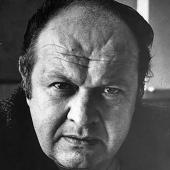
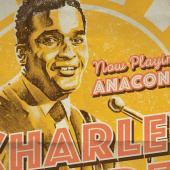
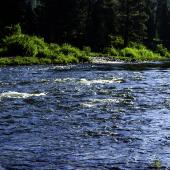

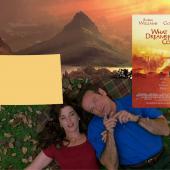
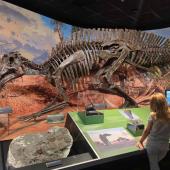
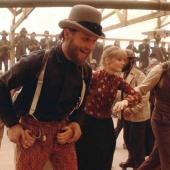
Leave a Comment Here